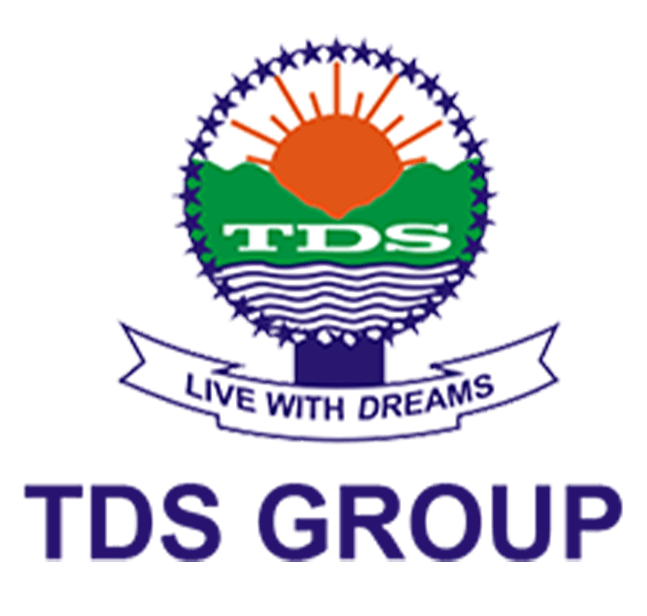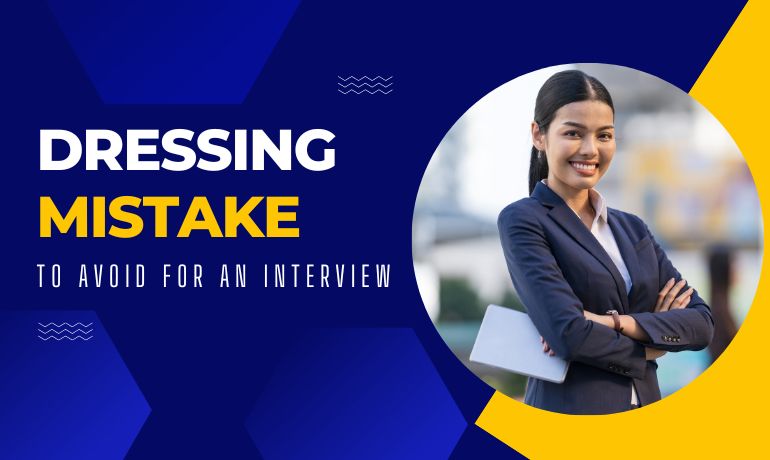Preparing for a job interview can be nerve-wracking, with attire playing a crucial role in making a lasting impression. TDS Group understands the importance of dressing right and how easily overlooked errors can impact your chances. Whether you’re a fresh graduate or a seasoned professional, ensuring you avoid common dressing mistakes is essential. Dive into TDS Group’s insights on mastering job interview fashion and make your first impression count.
What do you mean by Dressing for Job Interview exactly?
Dressing for a job interview refers to wearing appropriate attire that reflects Professionalism and aligns with the company culture. It involves selecting well-fitted, conservative clothing, paying attention to grooming and personal hygiene, and considering the industry and position to make a positive impression on potential employers.
What is the need for Dressing for a Job Interview?
Dressing for a Job Interview is essential because it creates a solid first impression and demonstrates professionalism and respect for the opportunity. It shows that the candidate takes the interview seriously, understands the company’s culture, and has made an effort to present themselves in a manner that aligns with the expectations of the workplace.
Is it necessary to dress for a job interview?
Yes, it is necessary to Dress Appropriately for a job interview. Your attire communicates professionalism, respect, and a serious approach towards the opportunity. Dressing well demonstrates that you understand the importance of making a positive impression and increases your chances of leaving a lasting and favorable impact on the interviewer.
Benefits of Dressing for Job Interview
1. Professionalism: Proper attire demonstrates your understanding of professional expectations, showcasing your seriousness and Commitment to the job opportunity.
2. First impression: Dressing appropriately creates a positive and professional first impression, setting the tone for the interview and influencing how the interviewer perceives you.
3. Confidence boost: Dressing well can boost your confidence and help you feel more prepared and capable during the interview, allowing you to present yourself in the best possible manner.
4. Company culture alignment: By researching the company’s dress code and aligning your attire accordingly, you show your ability to adapt and fit into the company’s culture, making you a more attractive candidate.
5. Positive body language: When you dress well, you are more likely to carry yourself confidently and exhibit positive body language, which can contribute to a favorable impression on the interviewer.
6. Enhanced self-presentation: Dressing appropriately allows you to present your skills, qualifications, and experiences in a more polished and cohesive manner, emphasizing your suitability for the role.
7. Professional image: A well-dressed candidate projects an image of professionalism and attention to detail, which can positively influence the interviewer’s perception of your competence and potential fit within the organization.
It’s important to note that while dressing appropriately is beneficial, it is also essential to consider the specific industry, company culture, and any guidelines provided by the employer regarding attire for the interview.
Dressing mistakes to avoid for an interview
Stepping into a job interview is like taking center stage. Your potential employers notice everything – your demeanor, your communication, and, significantly, your attire. Making a stellar first impression is critical; your outfit can make or break your chances. TDS Group brings to light some common dressing mistakes that can stand between you and your dream job.
1. Overlooking Company Culture
Understanding a company’s culture is crucial when selecting interview attire. Wearing a three-piece suit to a startup might feel excessive, while casual attire at a major corporation can seem lax. It’s essential to strike the right balance, reflecting professionalism and cultural fit.
2. Being Too Flashy
Steering clear of overtly bold patterns and colors is advisable. Such choices can divert attention and potentially send incorrect impressions. Prioritize timeless designs and subdued hues to maintain a balanced and professional appearance.
3. Ill-fitting Clothes
Clothes that don’t fit right can look messy. It’s essential to wear outfits that fit well, not too tight or too loose. If possible, wear tailored clothes or pick ones that look good.
4. Wearing Open-toed Shoes or Sandals
Regardless of gender, open-toed shoes or sandals can come off as too casual. Stick to professional footwear – flats, heels, or formal shoes.
5. Skimping on Grooming
Wrinkled clothes, unpolished shoes, messy hair, or overpowering fragrances can deter you from the professional image you’re trying to portray. Take time to iron your outfit, polish your shoes, and groom yourself appropriately
6. Skipping Accessories – Or Overdoing Them
Accessories can complete an outfit, but overdoing them can be a disaster. Stick to minimalistic jewelry, a professional watch, and perhaps a belt if needed.
7. Neglecting the Details
Small details like untrimmed nails, missing buttons, or lint can mar your overall appearance. Always give your outfit a final once-over before the interview.
8. Underestimating the Power of a Handbag or Briefcase
A tattered or overflowing bag can appear disorganized. Opt for a neat, professional bag that complements your outfit.
9. Not Dressing for the Role
Dress for your desired job. If you aim for a managerial position, ensure your attire reflects leadership and sophistication. For creative roles, subtle hints of personality in your outfit can be favorable.
10. Forgetting Weather or Seasonal Changes
Don’t wear heavy woolen suits in summer or light fabrics in winter. Not only will it be uncomfortable, but it also shows a need for foresight.
11. Being Inconsistent with Your Look
If you’re dressing professionally for the interview, ensure your online professional profiles (like LinkedIn) show a consistent image. It’s likely your potential employer might cross-check.
12. Avoiding a Final Dress Rehearsal
Always try on your outfit a day before the interview. This gives you time to make any last-minute changes.
13. Not Carrying an Extra Outfit
Accidents happen. A backup outfit is a reasonable precaution, especially if you’re traveling for the interview.
14. Ignoring Comfort
While looking good is essential, ensure you’re also comfortable in your chosen attire. It will boost your confidence and allow you to focus on the interview.
Conclusion
In conclusion, attending a job interview isn’t just about showcasing your skills and experiences; it’s also about presenting yourself in a manner that mirrors professionalism and aligns with a company’s culture. TDS Group underscores that while your qualifications are paramount, your dress speaks volumes about your attention to detail, understanding of the corporate climate, and seriousness about the role. By sidestepping common dressing pitfalls and paying heed to attire nuances, you elevate your first impression and reinforce your candidacy. Remember, in the professional world, it’s often the subtle cues, like attire, that amplify your overall message.



